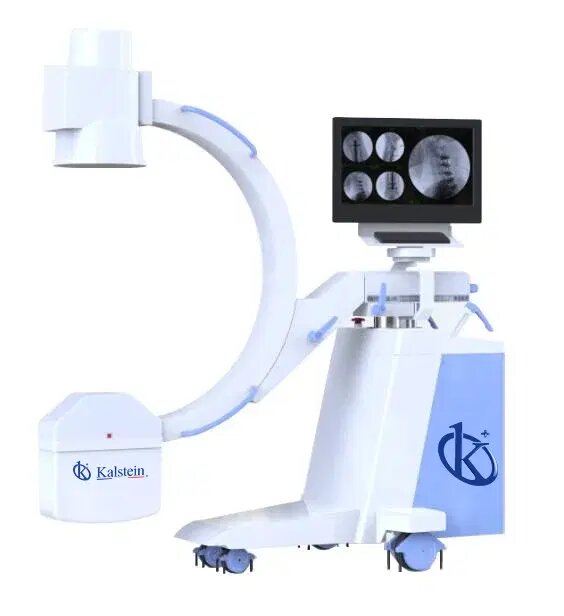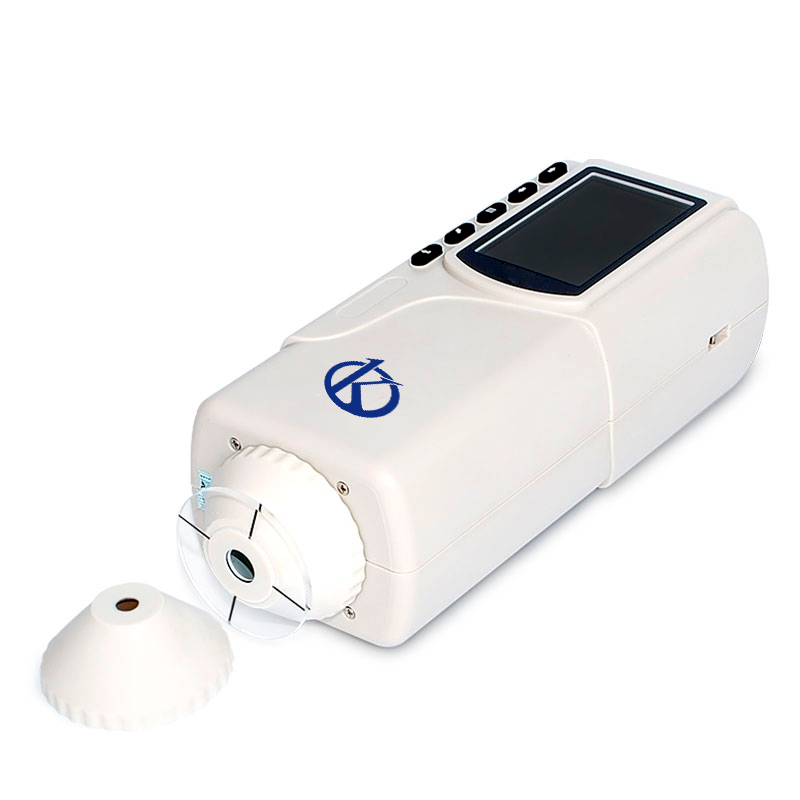Operating veterinary radiography equipment can involve certain risks for both veterinary personnel and animals, especially if used improperly. These risks can range from radiation exposure to long-term health problems. Although prestigious brands like Kalstein, a renowned veterinary equipment manufacturer, strive to produce safe equipment, incorrect or careless handling of radiography equipment can lead to unnecessarily high radiation doses.
Excessive or continued radiation exposure can trigger a variety of health problems, including burns, radiodermatitis, cataracts, and in worst cases, serious illnesses such as cancer. Moreover, the effects of radiation can be even more severe in animals, especially because they are more sensitive to radiation and may be less tolerant of preventive measures such as lead protectors.
How to increase safety when handling veterinary radiography equipment?
Fortunately, there are several ways to mitigate these risks and safely operate radiography equipment. The important thing is to familiarize oneself and follow the corresponding precautions. Understand that even high-quality equipment available for purchase or sale, such as Kalstein’s, require careful handling and adequate training for safe use.
- One of the most common precautions is the use of adequate radiation protection, such as lead aprons, gloves, and even safety glasses.
- The correct setup is also essential, where both the operator and the pet should be properly positioned to minimize radiation exposure.
- Servicing and calibrating the equipment should be scheduled regularly to ensure its optimal functionality and limit unnecessary radiation emission.
Economic aspects of veterinary radiography equipment
While safety concerns are paramount, economic aspects also weigh in the buying or selling decision of veterinary radiography equipment. Prices can vary significantly depending on the equipment features, its age and the manufacturer. Kalstein, for example, offers a range of equipment to meet the needs of different veterinary practices and budgets.
In addition, veterinary practices should consider the maintenance and calibration costs, as well as the necessary training to operate the equipment effectively. However, despite these costs, acquiring radiography equipment can be a solid investment, as it enhances a practice’s ability to diagnose and treat medical conditions in animals.
Precautions for the operator and animal welfare are paramount
In summary, operating veterinary radiography equipment entails significant risks and challenges. However, with suitable precautions, these risks can be greatly mitigated. Trustworthy manufacturers, like Kalstein, continuously work to improve the safety of their products and provide thorough training to ensure the safe and effective use of these equipment. Moreover, although the buying and selling prices of these devices may be high, they represent an investment in improving animal health care and diagnosis.
With this knowledge, veterinarians can assess the best option for acquiring this type of equipment, continue improving the health of their animal patients and hopefully, contribute to their long-lasting well-being.




